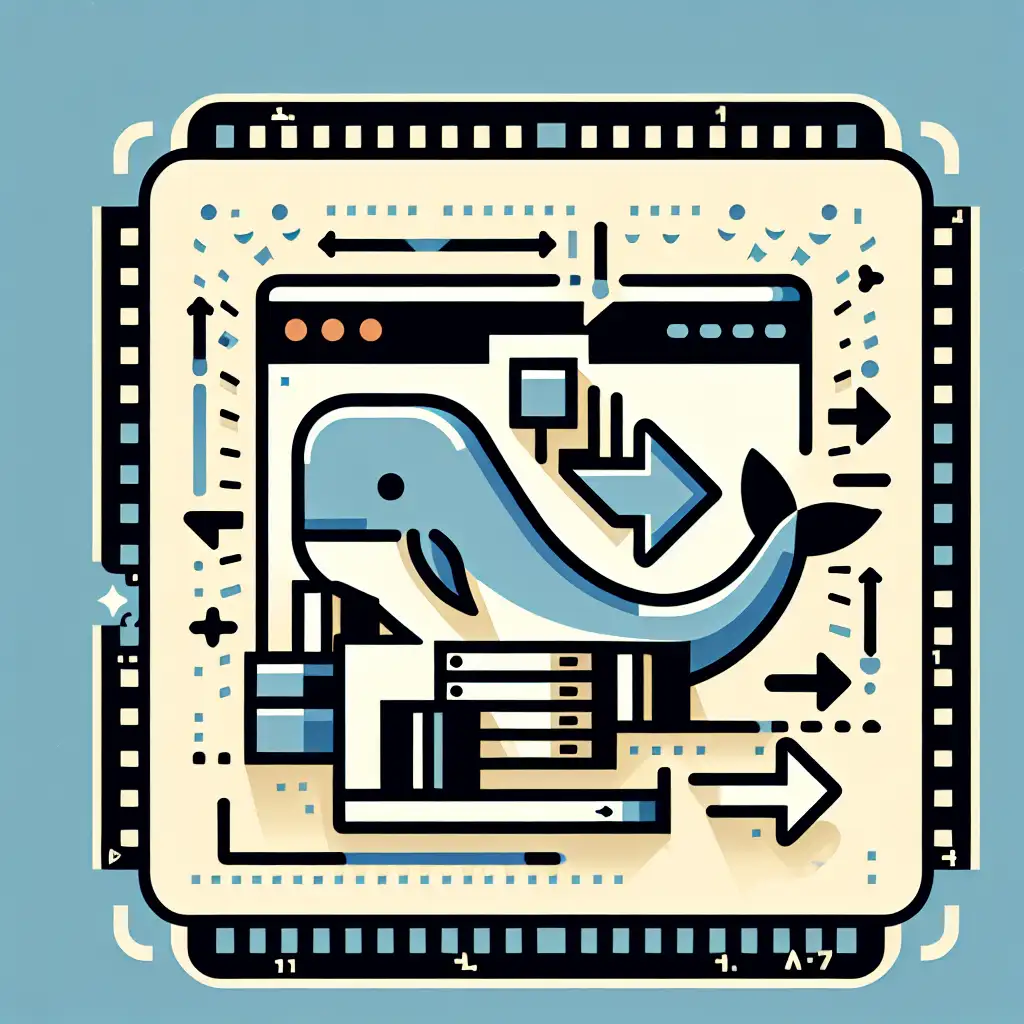Mastering Efficient Data Extraction: Copy Files from Docker Containers to the Host
A familiar scenario: a service fails QA, but the logs exist deep inside a running (or even stopped) container that’s minutes from being swept up by a retention policy. Forget volumes for a moment. What’s the fastest, lowest-friction way to get data out of a containerized environment?
Copying files out of Docker containers is a regular need in production support, data forensics, and CI/CD artifact retrieval. Unlike configuring persistent volumes, targeted extraction via the Docker CLI is surgical—particularly when troubleshooting or retrieving one-off outputs.
Containers: Ephemeral by Design, Data Not Always So
Docker containers (runtime: 24.0+ tested here) deliberately isolate filesystem changes. Unless mapped via a persistent volume or bind mount, runtime artifacts—logs, configs, temporary output—are transient. Once the container is removed, that data is irretrievable:
$ docker rm <container>
# All non-mounted data disappears. No warnings.
For quick audits, point-in-time log snapshots, or on-demand state extraction, volumes are overkill. Direct copying is more efficient.
Copying Data Out: docker cp in Practice
The docker cp command mirrors classic Unix cp semantics, but understands the container namespace. Core usage:
docker cp [OPTIONS] <container>:{SRC_PATH} {DEST_PATH}
Parameters:
<container>: Name or ID. Tab-completion works.{SRC_PATH}: Path inside the container.{DEST_PATH}: Path on the host.
Copy a File
Pull the latest NGINX error log from a running or exited container web01:
docker cp web01:/var/log/nginx/error.log ./error_web01.log
Result: error_web01.log lands in the working directory. No downtime; no shell inside needed.
Copy a Directory
Extract live configuration from /etc/myapp/conf recursively:
docker cp web01:/etc/myapp/conf ./conf_snapshot
Directory structure is preserved. Overwrites on re-run if targeting existing destinations (gotcha: unexpected merge behavior).
Using Container IDs
Name collisions? In automated scripts or multi-container setups, use IDs:
docker ps --filter "ancestor=mywebapp:2.1"
# Output:
# CONTAINER ID IMAGE ...
# 82c41b2e23af mywebapp:2.1 ...
docker cp 82c41b2e23af:/usr/src/app/build/artifact.tar.gz /tmp/artifact_82c4.tar.gz
This works even after docker rename events.
From Exited Containers
docker cp succeeds with containers in any state except removed. Example:
docker cp test-job:/result/latest.json ./test-latest.json
But after docker rm test-job: irrecoverable.
Debugging: Path Discovery & Permission Issues
Container paths can be nontrivial, especially with multi-layer images or arbitrary WORKDIR. To inspect:
docker exec -it web01 /bin/sh
# or, if Alpine-based: /bin/ash
# then explore: ls /etc/myapp/
Permissions: If you see
Error response from daemon: open /var/log/app.log: permission denied
the file may be owned by root. Workaround:
- Temporarily adjust file permissions within the container:
docker exec web01 chmod 644 /var/log/app.log - Or run Docker as a user with sufficient privileges (
sudo, group membership).
Best Practices and Non-Obvious Tips
- Automate extraction: In CI jobs, use
docker cpto pull build artifacts without extra volume configuration. - Copy only what’s needed: For large logs, consider extracting portions:
Thendocker exec web01 tail -n 1000 /var/log/nginx/access.log > last1000.logdocker cp web01:/tmp/last1000.log ./. - Volume trade-off: Volumes are better for continuous persistence, but impractical for post-mortem extraction from short-lived containers.
- Extracting from multi-stage builds: Early build steps often leave valuable artifacts in intermediate containers—capture them before containers are cleaned up.
- Side effect: SELinux or AppArmor may restrict file access for
docker cp. Audit policies if repeatedly encountering permission issues.
No Silver Bullet
docker cp is robust, but occasionally limited by performance with very large directory hierarchies (~100K+ files can be slow), and doesn’t handle file locks gracefully. Use volumes or external storage if frequent, high-volume transfers are expected.
Summary (Mid-Stream)
Efficient file extraction from containers, especially for ad hoc support and artifact retrieval, is best served by docker cp. Persistent needs? Use volumes. But when seconds count—for post-mortem forensics or last-minute saves—nothing’s faster.
—
Note: For hot log streaming, consider docker logs or mounting log directories with explicit bind mounts from the start.
Alternative toolchains (e.g., kubectl cp for Kubernetes environments) follow similar syntax but differ in edge-case handling.
Have a distinct technique to streamline post-build artifact extraction in multi-container CI workflows? Open to non-obvious workarounds—real-world details are what keep these systems running.
